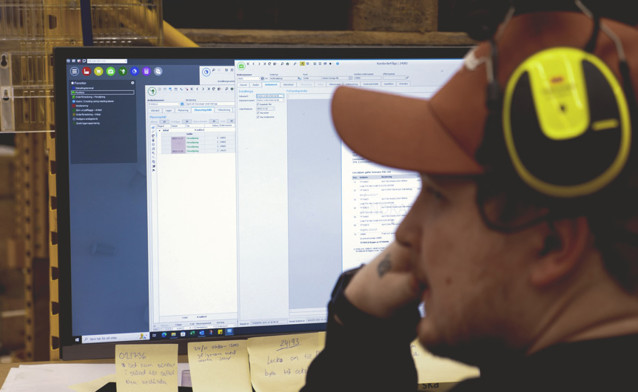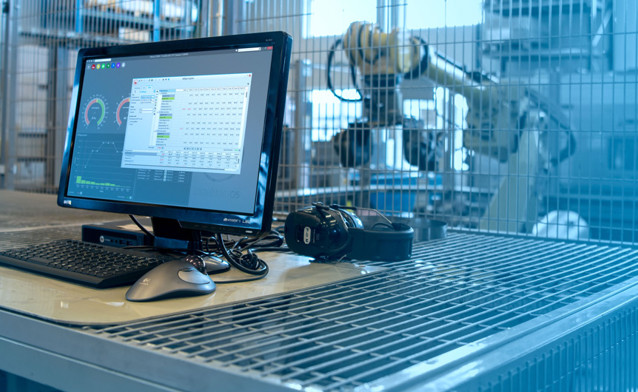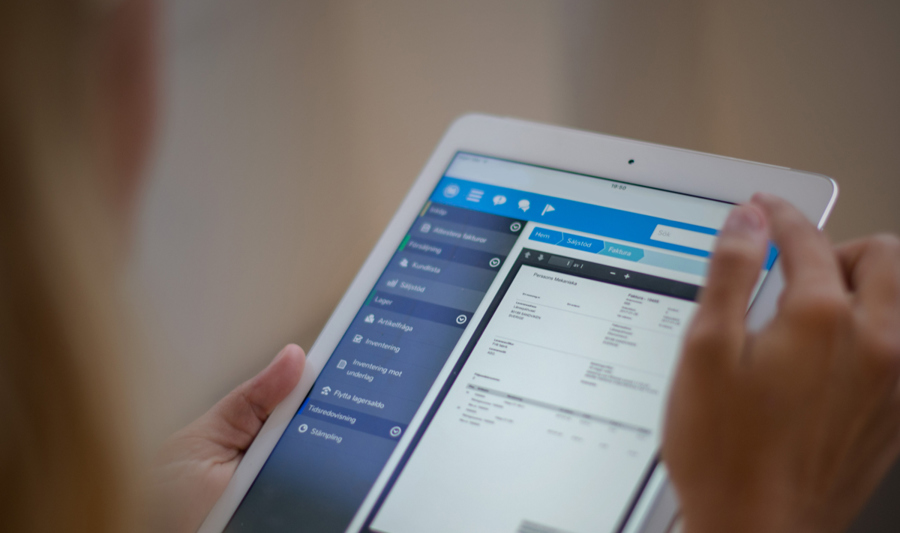Standardized or customized?
The pros and cons of each approach when considering a new ERP system
There's much to consider for companies looking to acquire or switch to a new ERP system. What business processes does the system need to support? Will it be able to scale when your company grows? How long will it take to implement?
And perhaps most importantly, should you choose a standardized system, where functionality and modules are pre-designed, or a solution tailor made to meet your specific needs. Let's look at the advantages and disadvantages of both based on some key specifications.
Speed and cost of implementation
Have a set timescale and budget for implementation?
Standardized system
The implementation of a standardized ERP system usually involves a fixed cost, making it easier to budget for and ensuring there are no surprises. As the scope of functionality and technical requirements is already agreed, it’s normally easier to follow a set timescale for the implementation and go live with operation on schedule.
Customized system
While a tailor-made system may support specialized processes and features required for specific lines of business – with interfaces designed to meet users' needs – the development process usually means implementation takes longer than for a standardized system. Implementation costs also tend to be higher.

Support and community
Will you need regular, long-term support?
Standardized system
Providers of standardized ERP systems usually offer operational and technical support, reducing the risk of disruption and downtime that can be costly for companies. There’s also strength in numbers. Belonging to a community of users who face the same challenges is a big advantage, as the provider normally has experience resolving similar types of issues.
Customized system
Users of tailor-made systems will not have access to support or benefit from other shared resources such as online manuals, knowledge banks, and e-learning materials that may be available to support users in their day-to-day work. Ordering support on a case-by-case basis can be costly in the long run.

Total cost of ownership
Look beyond the price tag and think in the long term
Total cost of ownership, or TCO, refers to the full expenditure required to run an IT program over its life-cycle. In the case of an ERP system, the actual purchase price represents around 20% of the total cost, with other costs accounting for up to 80%.
This is a key factor when choosing between a standardized or customized system. For a customized system, for example, the following costs may not be clearly specified from the outset:
- Support services, both technical and operational.
- Consultancy fees not included in the original specification.
- Working time lost due to user issues.
- IT services, such as maintenance, security and upgrades, and bug fixes.
- License costs and management.
- Costs for system upgrades.
These costs are normally clearly specified by providers of standardized systems, making it easier to plan and budget accordingly.
The idea of TCO is to identify hidden costs not included in the purchase price and provide a true reflection of the asset's long-term cost.
System upgrades
Want system upgrades with new features and bug fixes?
Standardized system
Most standardized systems follow a set release schedule, ensuring users benefit from improved functionality and bug fixes on an ongoing basis. Upgrades can usually be carried out relatively quickly with minimal disruption to users, with critical issues resolved in the interim through patch releases.
Customized system
Upgrades for customized systems may require solutions specific to the installation in question, increasing the risk of conflicts, malfunction, and costly delays to operation. In many cases, installations may fall behind by multiple generations, meaning users are unable to maximize the program’s full capacity.

Scalability
Need a system which can grow with your business?
Standardized system
The framework of standardized ERP systems is designed for scale and can handle the increase in volumes relating to greater transactions and operational growth following, for example, mergers, expansions, or other initiatives.
Customized system
The ability of a tailor-made system to scale depends on the original scope of the project, however, if growth wasn’t taken into account in the initial specification additional development will be needed.

Advantages and disadvantages at a glance
Standardized vs. customized
| Type of system | Implementation | Support | Upgrades | Scalability | Flexibility |
| Standardized | Quick, with set timescale | Usually included as standard | Free scheduled upgrades | Designed to scale | Options available |
| Customized | Slower and more costly | Case by case basis | Not usually scheduled | Depends on specification | May not be compatible with add-ons |
Core functions, with flexibility
Looking for core functions which can be extended?
Standardized system
Standardized ERP programs are designed with modules enabling industry-specific operations and workflows, but there is room for maneuver. Many providers offer options and integrations that extend basic functionality, such as integrations for machines to improve utilization rates, warehouse management integrations, and support for Electronic Data Interchange (EDI).
Customized system
Specialized by design, customized systems deliver competitive advantages and improved user experience in the areas for which they are built. Providers will often model systems in line with specific business procedures requiring advanced calculations, algorithms, or simulations, etc.

Risk reduction and compliance
Need to minimize risk and comply with regulations?
Standardized system
With standardized systems tried-and-trusted by companies in a range of industries, there’s generally a lower risk of serious problems such as crashes or security breaches. In addition, standard systems are regularly updated to comply with new regulations and requirements such as tax changes, industry-specific standards, and reporting of CO₂ emissions.
Customized system
While companies with in-house IT teams may be well equipped to handle ongoing bug fixes and keep track of issues themselves, this brings its own pressures, and those without access to IT support may be forced to seek help from the provider on a case-by-case basis, which is costly.

The takeaway
Answering a few key questions will help you take the best course of action
Before making a decision on the type of system best for you, consider the following: What business processes does the system have to support? Do you have IT competence in-house if problems arise? Will you need regular long-term support, or can you manage internally? Are there specific laws or requirements you with which you must comply? What is your budget for implementation?
Answering these questions should give you a clear indication as to whether a standardized or customized system is best for your business in the long run.
Is a standardized system the right fit for your business?
Feel free to get in touch to request a consultation, arrange a demo of our award winning ERP system, or ask any questions you may have about enterprise resource planning. We're happy to help!


